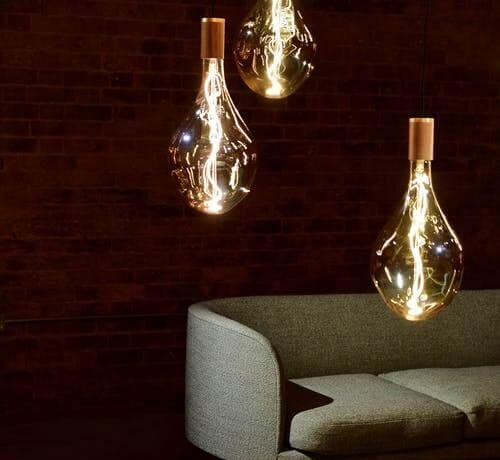When starting a home design from scratch, you never want to go all in. Residential interior design is quite different from other spaces like commercial buildings, office spaces, hotels, restaurants, or retail environments. The design has to be functional but aesthetic, and there are a number of principles to take into consideration that you wouldn’t need in any other type of design. Before you go to renovate your home, consider incorporating these residential interior design tips into your planning.
Balance
This isn’t something you would normally think about outright unless you worked for a residential interior design service, but you will definitely notice it subconsciously and feel as though something is off in your home if something is awry. Take into consideration the way your furniture is placed throughout the room, so that there is an even distribution of balance throughout the space.
If all the large pieces are moved to one side, leaving only small accent pieces on the other, it feels somewhat empty, off, and awkward. Ensure when placing your residential interior decoration that both furniture and decor have been evenly distributed. While some pieces will be bigger, be sure there are adequate smaller pieces to remain easy on the eyes. If you are struggling, you can hire a residential interior design service that specializes in home design so that you can be sure they understand the requirements of your project.
Height
Another principle of residential interior design is to decorate upwards. While this helps with the aesthetics of the design, it also aids in functionality and allows for more space in your room. When looking for residential interior design ideas, you’ll often notice many designers suggest this clever trick, too. If you plan on incorporating furniture like bookcases or shelving, or decorative artwork and mirrors, consider sourcing pieces that are arranged vertically. Bookcases that are tall and thin elongate the wall and make the room appear taller, but it also saves you floorspace so that you can better fit other pieces into the space.
Hanging artwork on the wall vertically instead of horizontally also aids in the illusion of a taller space, which can be especially helpful in smaller homes with low ceilings. Furthermore, you can choose low-height furniture for coffee tables, consoles, or chairs in contrast, which will elongate the space between and make your residential interior design appear tall and elegant.
Rule of Threes
This is something featured in art, photography, and yes, even in residential interior design. The rule of threes applies to placement, especially in reference to decorative objects. Instead of randomly placing items to fill space, you’ll want to group them into objects of 3, usually with varying heights. If you have a vase, candle, and planter that you want to decorate with, you’ll want to group them together instead of spreading them out throughout the space.
You may think that putting them together and leaving other areas bare will make the space look more empty, but grouping your residential interior decoration actually makes it look more filled and complete. So, instead you’d want to place them all in a close formation on something like a coffee table, shelf, or console, so that the tallest item is in the middle, and the other two objects frame it, kind of like a triangle. This needn’t be only applicable to objects, either. You can also use this for your art or photography residential interior design ideas. When placing art on a wall, you can group varying sizes of photos into groups of 3 for a cohesive and pulled-together look.
Find a Focal Point
Your residential interior design could end up looking lackluster, lifeless or bland without some sort of area, piece, or shade to call your attention and draw your eye. Before your design is finalized, choose an area or piece that will serve as your focal point. This could be a sitting area, fireplace, or piece of bold statement art. This will help you build the flow of the design, alleviate problems with spacing, and create a corresponding color palette. Use popular residential interior design tips to bolster your ideas regarding your particular focal point, like what kind of decor to use on the mantel or how to arrange your seating. The most important part is that you designate this space and design it accordingly.







